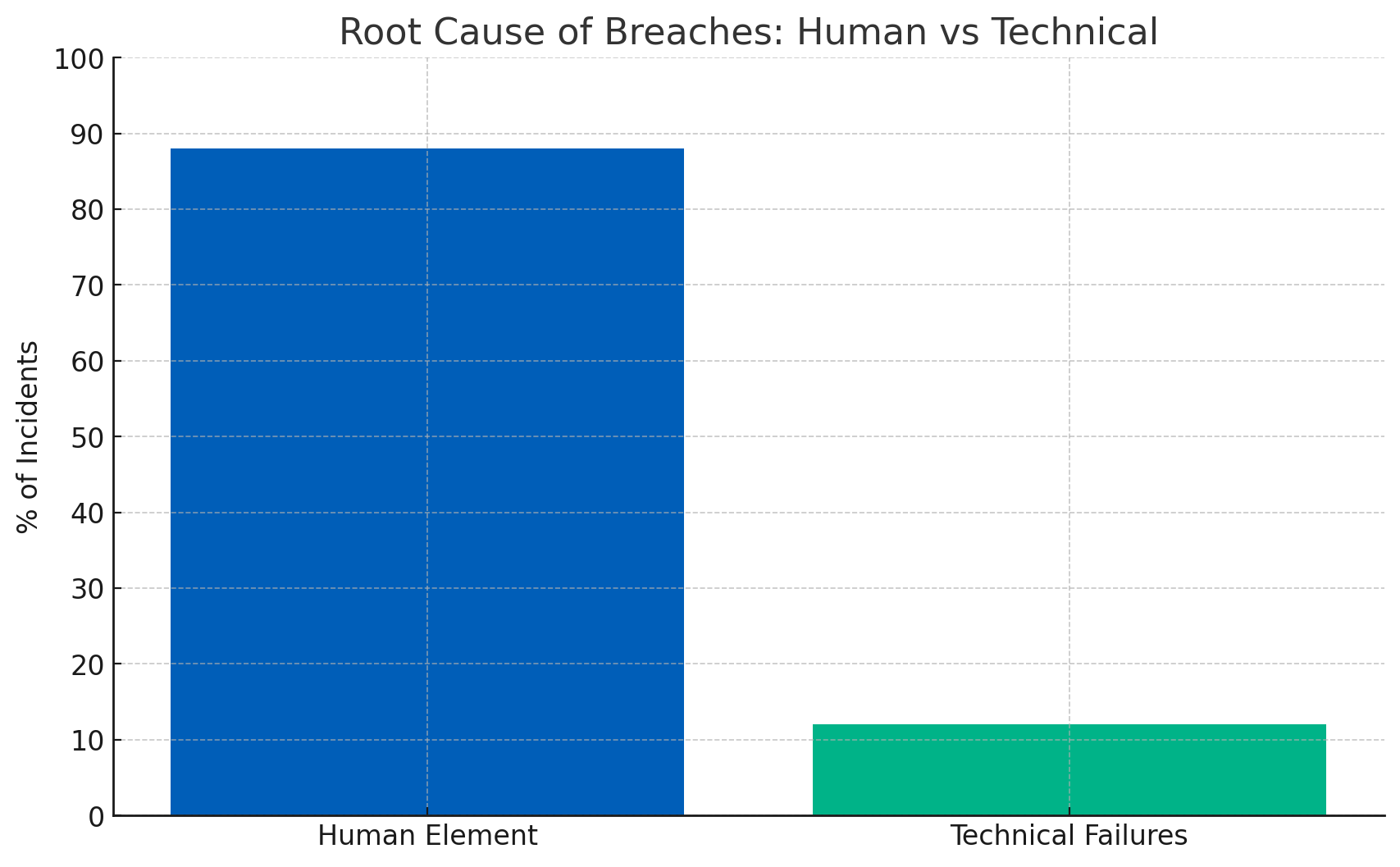- Defend & Conquer
- Posts
- Building a resilient cybersecurity culture in distributed, remote-first enterprises
Building a resilient cybersecurity culture in distributed, remote-first enterprises
CybersecurityHQ Report - Pro Members

Welcome reader to a 🔒 pro subscriber-only deep dive 🔒.
Brought to you by:
👣 Smallstep – Secures Wi-Fi, VPNs, ZTNA, SaaS and APIs with hardware-bound credentials powered by ACME Device Attestation
🏄♀️ Upwind Security – Real-time cloud security that connects runtime to build-time to stop threats and boost DevSecOps productivity
🔧 Endor Labs – App security from legacy C++ to Bazel monorepos, with reachability-based risk detection and fix suggestions across the SDLC
📊 LockThreat – AI-powered GRC that replaces legacy tools and unifies compliance, risk, audit and vendor management in one platform
Forwarded this email? Join 70,000 weekly readers by signing up now.
#OpenToWork? Try our AI Resume Builder to boost your chances of getting hired!
—
Get lifetime access to our deep dives, weekly cyber intel podcast report, premium content, AI Resume Builder, and more — all for just $799. Corporate plans are now available too.
Executive Summary
The rapid shift to distributed work models has fundamentally altered the cybersecurity landscape for enterprises worldwide. As of 2025, with remote and hybrid work arrangements becoming permanent fixtures in organizational structures, the traditional perimeter-based security approach has become obsolete. This whitepaper examines the most effective strategies for building a robust cybersecurity culture in distributed enterprises, where employees operate across diverse locations, networks, and devices.
Our analysis reveals that successful cybersecurity culture development in distributed environments requires a multifaceted approach combining executive leadership, behavioral engineering, continuous training, and adaptive governance frameworks. Organizations that have implemented comprehensive culture programs report up to 50% reduction in security incidents and significantly improved resilience against evolving threats.

Key findings indicate that enterprises must move beyond technical controls to address the human element, which remains involved in 88% of security breaches. The most effective strategies include establishing clear governance structures with CEO-level oversight, implementing continuous and personalized training programs, fostering peer accountability through security champion networks, and creating measurement frameworks that track behavioral change rather than mere compliance.
This whitepaper provides actionable insights for Chief Information Security Officers (CISOs) and security leaders, offering a roadmap for cultural transformation that addresses the unique challenges of distributed workforces while leveraging emerging opportunities in AI-driven training and behavioral analytics.

Subscribe to CybersecurityHQ Newsletter to unlock the rest.
Become a paying subscriber of CybersecurityHQ Newsletter to get access to this post and other subscriber-only content.
Already a paying subscriber? Sign In.
A subscription gets you:
- • Access to Deep Dives and Premium Content
- • Access to AI Resume Builder
- • Access to the Archives
Reply